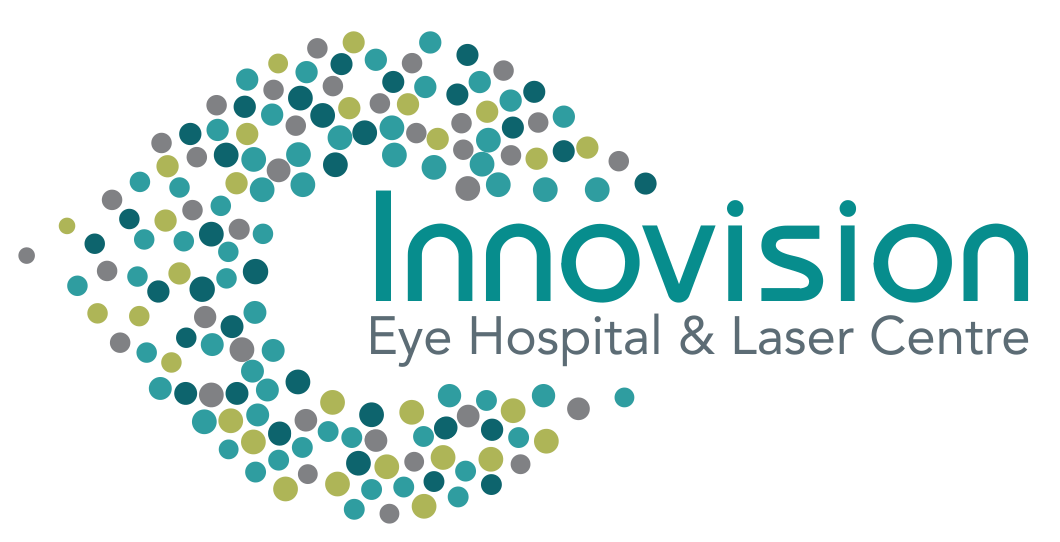


Advanced Treatment for Glaucoma
What is a Glaucoma?
Glaucoma is a leading cause of blindness that affects more than three million Americans. It is a family of more than 30 diseases that affects pressure within the eye (intraocular pressure), and damages the optic nerve. Often called the “sneak thief” of sight, people with most forms of glaucoma do not have symptoms until the optic nerve is already severely damaged. If diagnosed early, the disease can be controlled and permanent vision loss can be prevented.
What causes Glaucoma?
Glaucoma occurs when the normal pressure inside the eyes (intraocular pressure or IOP) increases because the aqueous humor fluid – which usually flows in and out of the eye – is unable to drain. Over time, this fluid buildup damages the optic nerve, the structure that sends visual signals from your eyes to your brain. Underlying reasons for this usually relate to the type of glaucoma you have


Symptoms of Glaucoma
In most cases, glaucoma is asymptomatic (has no symptoms). By the time an individual experiences decreased vision, the disease is frequently in its latter stages. Since early warning signs of glaucoma are rare, it is important especially for those at risk to have regular medical eye examinations every one or two years.
Patients with chronic glaucoma may not be aware of any symptoms because the disease develops slowly and they rarely notice loss of peripheral vision. Patients with an acute form of glaucoma (acute angle closure) may develop severe symptoms because ocular pressure rises quickly and they may experience:
Glaucoma Risk Factors
Although glaucoma is most common in adults over the age of 40, susceptibility is not determined by age alone. A genetic predisposition of those with a family history of the disease and African-Americans, are at a particularly increased risk. Studies have shown individuals at greater risk for glaucoma may fit one or more of the following criteria:

Why Choose Innovision Eye Hospital?







